Pair of wall mirrors, each with a rectangular frame and a prominent frame of carved, polychrome, and gilded wood. These elements are arranged symmetrically, divided into two areas: a thin band with leaves on the inside and a wider one on the outside, with scrolls, acanthus leaves, scrolls on the outside, projections on the sides, a finial at the bottom, and a helmet-shaped crown, more heraldic than royal due to its details. This one has also been decorated with lines of pearls and an elaborate composition based on simplified plant motifs on a dark background, reminiscent of the bluing common on this type of piece when they were made of metal and royal. One of the helmets faces right, the other left. This crest features a single-piece neck and neck guard, a lowered peak terminating in a point, a nape (which would have served to accommodate a crest or crest), and, despite the absence of a crown, its features distinguish it from royal closed helmets, helms, bascules, and muselets. Compare, for example, with the Italian cuirassier helmet from around 1615–1620 held by the Metropolitan Museum in New York (inventory 2011.80). As for the mirror, it follows a common design for this type of work in the Spanish school during the Baroque period. Considering the differences (size, etc.), it can be compared with the early 18th-century mirror from the Guevara Palace in Lorca (Murcia, Spain). Also worth noting, due to the similar distribution of the decorative elements on the frames, is the 17th-century mirror with an eagle's head frame in the Prado Museum in Madrid (catalog number O000473), a smaller and simpler pair in the Cervantes Birthplace Museum (Alcalá de Henares, Madrid), etc. ·
Size: 96x17x138 int 30x42 cms





























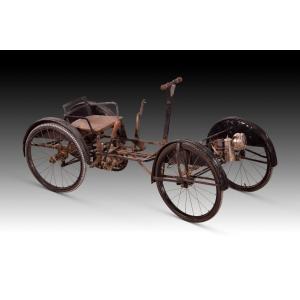









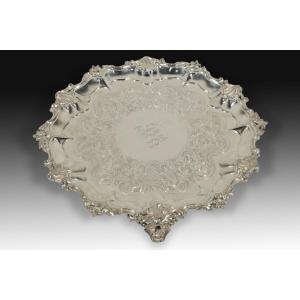

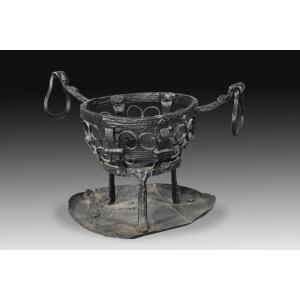


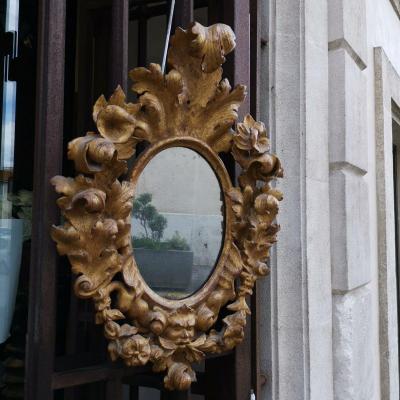
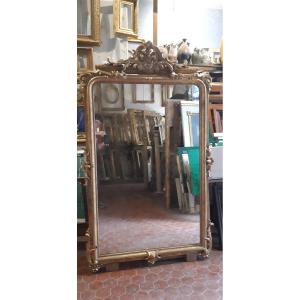




 Le Magazine de PROANTIC
Le Magazine de PROANTIC TRÉSORS Magazine
TRÉSORS Magazine Rivista Artiquariato
Rivista Artiquariato